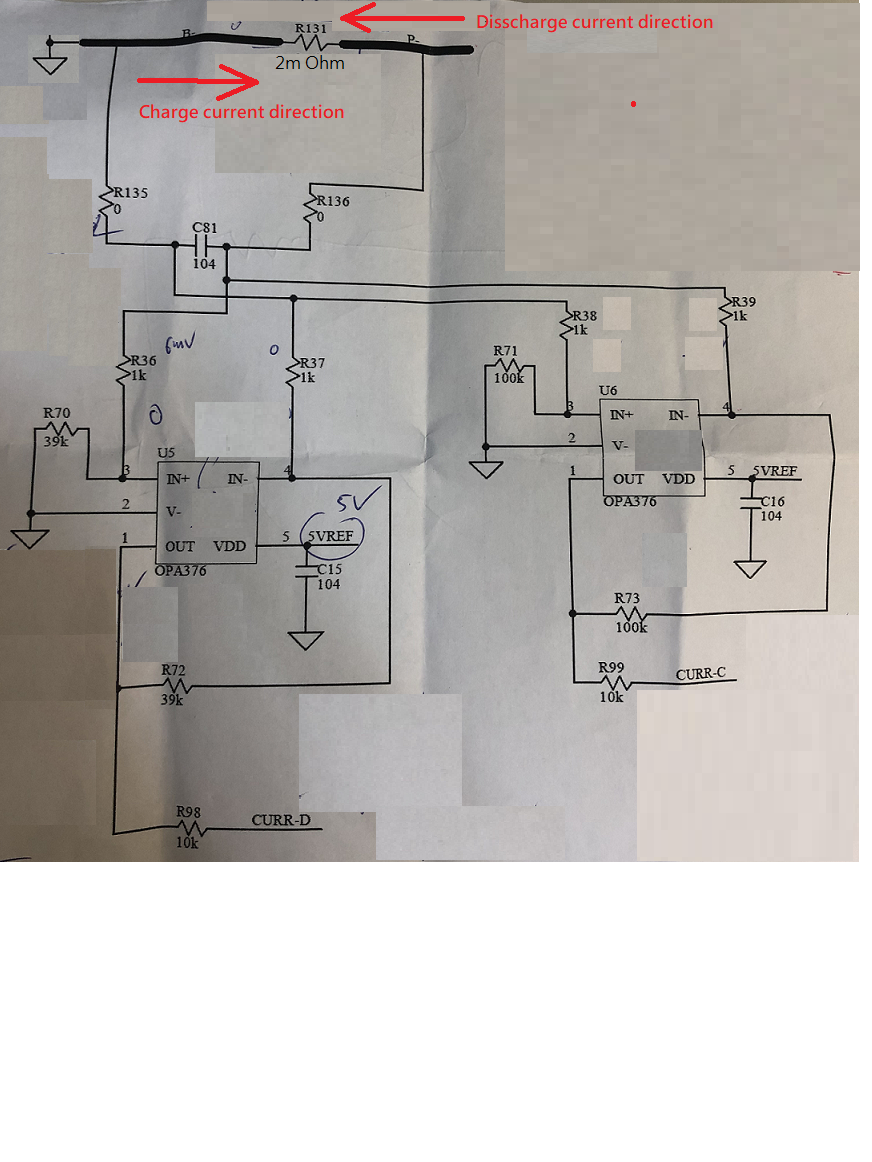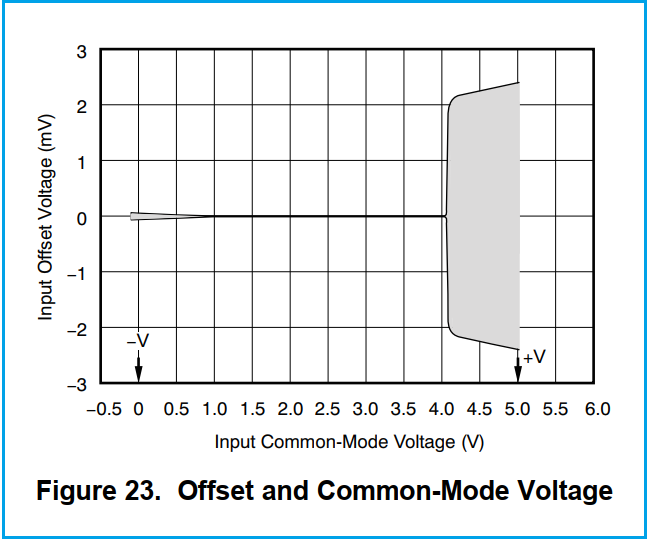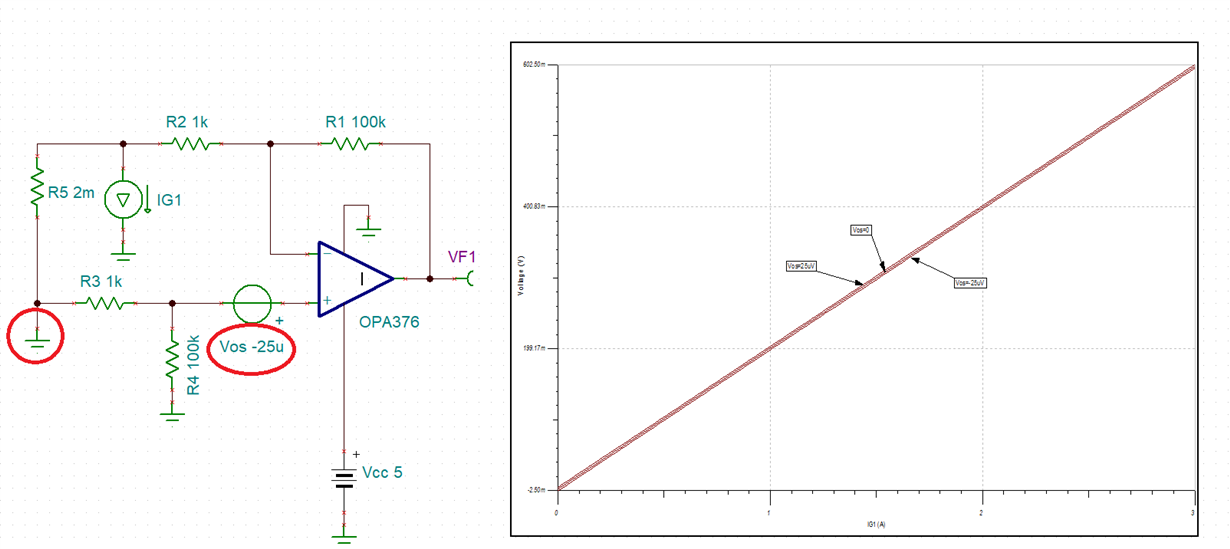Hi
We are using OPA376 to do low side current sensing for battery pack. We build 1000 set using below circuit and see 50 pcs does not work correctly. With replace new device on OPA376 the bad unit work correctly. We are wondering if there is something wrong with our circuit attached below. Can you help review, if any idea what may happen?
Below is our test result:
1. Current flow in charge current direction (see the circuit below) . We get the below test result at U6 output, the Red line is what we expected and blue line is the result we get.
1. Current flow in diss-charge current direction (see the circuit below) . We get the below test result at U5 output, the Red line is what we expected and blue line is the result we get.







